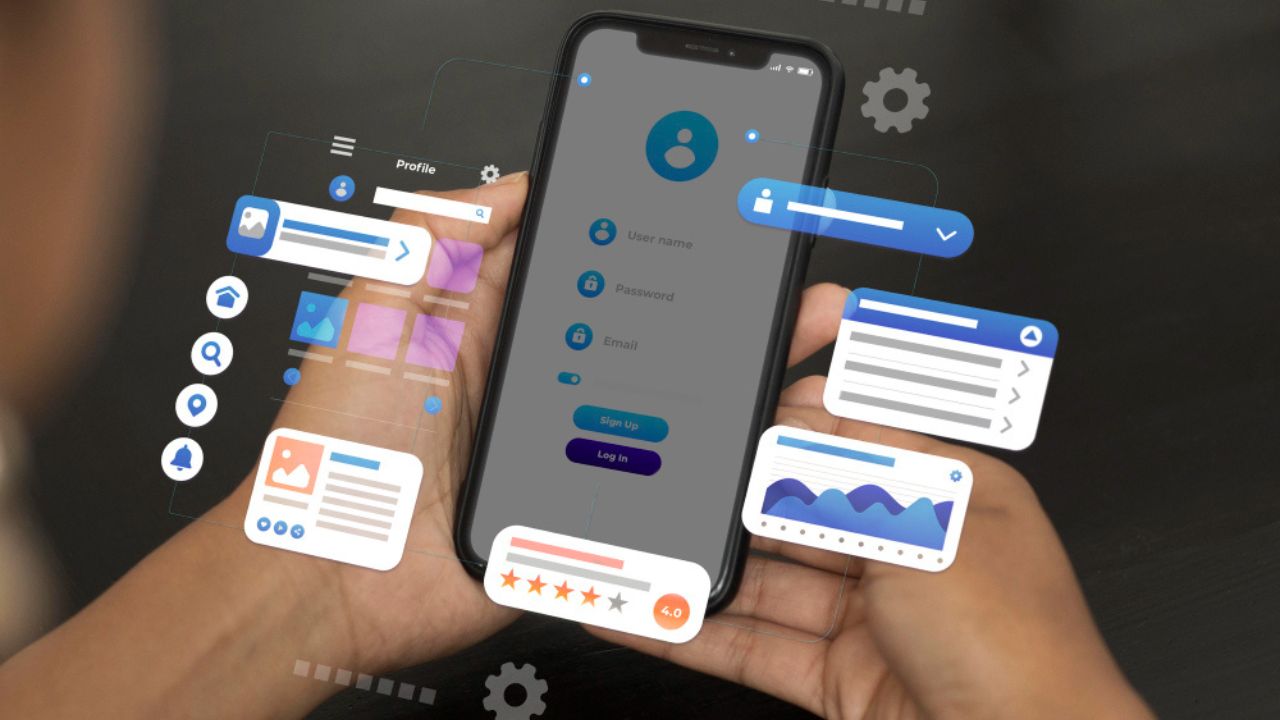Mobile Application Development Service: Costs, Process, and Choosing the Right Company

Summary
Investing in a mobile application development service has become crucial for businesses aiming to improve user engagement and grow digitally. This blog explains the complete app development journey, from planning and design to deployment and maintenance. It discusses key cost factors, types of development, and how to choose a reliable company. With the right partner, businesses can build scalable, secure, and user-focused mobile apps that support long-term growth.
Introduction
Nowadays, living in a digital-first world, a mobile application is not a bonus, but a growth engine. Be it start ups, enterprises, or digital-first brands, investing in a mobile application development service has become essential to enhance customer interaction, automate processes and generate revenue. However, the main question that business owners usually consider before starting development is: How much does it cost to develop an app? What’s the process? Which company should I trust?
This guide will deconstruct the big picture, including stages of the project, cost aspect, and advice on the selection of the appropriate mobile app development partner.
Why Businesses Today Need Mobile App Development
Mobile apps have ceased being convenience-based; they define customer experience. Businesses that do not adapt to this miss a massive opportunity with the users spending hours on apps per day. A custom mobile app enables:
- Direct customer engagement
- Push notifications on instant communication.
- Individual customer experience.
- Safe transactions and online loyalty programs.
Mobile apps are changing the business strategy of companies in the e-commerce and food delivery sector, health care, and logistics.
Different Types of Mobile Application Development Services
Before discussing costs and development processes, it’s essential to understand the service models available:
1. Native App Development : Built specifically for Android (with Kotlin/Java) or iOS (Swift/Objective-C), native apps offer top performance and seamless device integration.
2. Cross-Platform Development : Using frameworks like Flutter or React Native, developers create a single app that works across platforms, reducing time and budget.
3. Hybrid Apps (Web + Native) : Built with web technologies like HTML, CSS, and JavaScript, hybrid apps are faster to develop and suitable for content-driven platforms.
4. Progressive Web Apps (PWA) : A web-based approach that mimics native mobile functionality, PWAs are lightweight and ideal for businesses wanting an app-like experience without full development costs.
The Mobile App Development Process: Step-by-Step
Working with a mobile application development service involves several phases. A professional company follows a structured development lifecycle to ensure quality and scalability.
1. Discovery & Requirement Analysis : This phase involves understanding the business goal, target users, core features, and expected performance. It sets the foundation for UI/UX and architecture.
2. UI/UX Design : Wireframes and prototypes are created to visualize layout, navigation flow, and interactive elements. A user-friendly design improves retention and overall app engagement.
3. Development (Frontend & Backend)
- Frontend: Focuses on screen design, buttons, menus, and animations.
- Backend: Builds APIs, databases, authentication, and server connections.
4. Testing & Quality Assurance : Apps are tested for bugs, performance lags, security breaches, and compatibility across devices. Manual and automated testing are critical here.
5. Deployment & Launch : The app is published to the Apple App Store and Google Play Store. A good development company also assists with app store guidelines and optimization.
6. Maintenance & Updates : Post-launch improvements, feature upgrades, bug fixes, and performance monitoring keep the app relevant.
Factors That Influence Mobile App Development Costs
There is no one-size-fits-all budget for mobile apps. The cost depends on multiple elements:
Cost Factor | Impact |
App Complexity | Basic vs Advanced Features |
Platforms | Android, iOS, or Both |
UI/UX Design | Simple vs Custom Interface |
Technology Stack | Native, Hybrid, Cross-Platform |
Third-Party Integrations | Payment, Chat, Maps, Analytics |
Maintenance & Support | Updates and Scalability |
Hidden Costs Many Companies Forget
Businesses often underestimate long-term expenses. Besides initial development, consider:
- App security & compliance
- App store licensing
- Cloud hosting or server costs
- Version upgrades for new OS releases
- Marketing and user acquisition
A professional company provides transparent pricing and lifetime support plans to avoid unexpected costs later.
How to Choose the Right Mobile App Development Company
Selecting the right development partner is crucial. Here’s what to look for:
1. Industry Experience : Do they understand your sector—be it retail, fintech, real estate, or logistics?
2. Portfolio and Case Studies : Previous apps built by the company can reveal their design style, performance quality, and creativity.
3. Technology Expertise : Check if they specialize in native, cross-platform, or enterprise-grade development tools.
4. Post-Launch Support : App development doesn’t end at launch; consistent updates and feature enhancements are vital.
5. Communication & Transparency : A trustworthy developer provides milestone reports, prototypes, and cost clarity throughout the process.
Custom vs. Pre-Built App Developers: Which Is Right?
Option | Best For | Pros | Cons |
Custom Development | Businesses with unique needs | Tailored features | Higher cost, longer time |
Pre-built Templates | Startup MVPs & simple apps | Quick & affordable | Limited scalability |
Why Work with Professional Companies Like Webanix
At WEBaniX, every app is treated as a business asset, not just a digital product. With expertise across multiple industries, we ensure:
- User-centric design
- Scalable architectures
- Secure data environments
- Future-ready app updates
Whether it’s a food delivery platform, a logistics tracker, or an eCommerce solution, our mobile application development service delivers performance, not just code.
Final Thoughts
Investing in a mobile application is no longer optional, it’s strategic. The right app can streamline operations, build loyalty, and generate new revenue channels. But success largely depends on choosing the right development partner like WEBaniX and understanding the process from concept to launch.
Rather than chasing the cheapest option, focus on value, expertise, and long-term support. In app development, quality doesn’t cost, it pays.
Contact us for more details.

